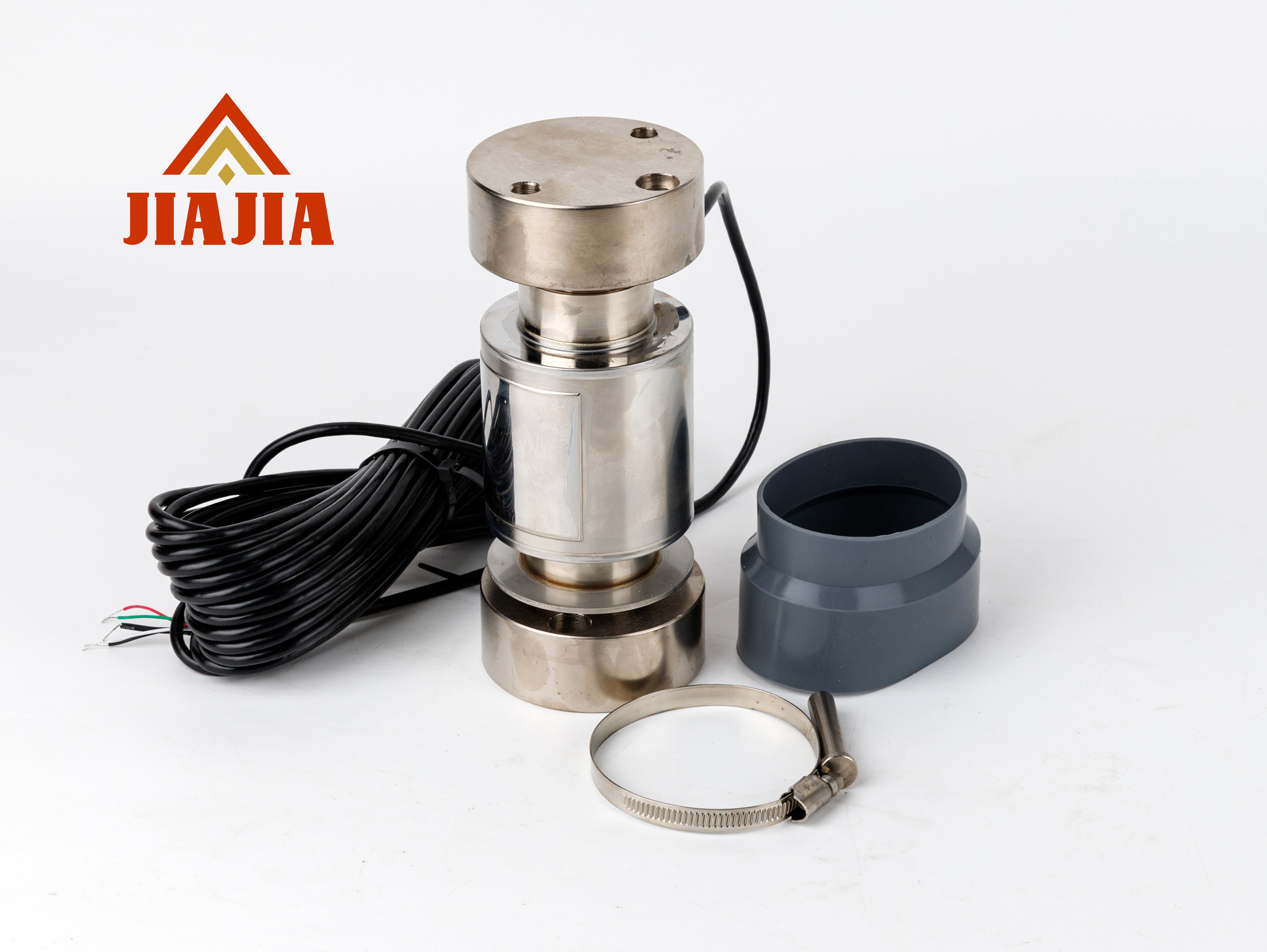हामीले किन थाहा पाउनुपर्छलोड सेलहरू?
लोड सेलहरू प्रत्येक स्केल प्रणालीको मुटुमा हुन्छन् र आधुनिक तौल डेटा सम्भव बनाउँछन्। लोड सेलहरूका धेरै प्रकार, आकार, क्षमता र आकारहरू छन् जति अनुप्रयोगहरू प्रयोग गरिन्छन्, त्यसैले जब तपाईं पहिलो पटक लोड सेलहरूको बारेमा जान्नुहुन्छ तब यो भारी हुन सक्छ। यद्यपि, लोड सेलहरू बुझ्नु सबै प्रकार र स्केलका मोडेलहरूको क्षमताहरू बुझ्नको लागि एक आवश्यक पहिलो चरण हो। पहिले, हाम्रो संक्षिप्त सिंहावलोकनको साथ लोड सेलहरूले कसरी काम गर्छन् भनेर जान्नुहोस्, त्यसपछि लोड सेलहरूको बारेमा १० द्रुत तथ्यहरू सिक्नुहोस् - लोड सेल प्रविधिबाट सुरु गर्दै र तपाईंले तिनीहरूलाई प्रयोग गर्न सक्ने धेरै फरक अनुप्रयोगहरूमा जानुहोस्!
जान्नुपर्ने १० साना कुराहरू
१. हरेक स्केलको मूल।
लोड सेल स्केल प्रणालीको सबैभन्दा महत्त्वपूर्ण घटक हो। लोड सेल बिना, स्केलले भार वा तौलको कारणले हुने बलमा हुने परिवर्तनहरू मापन गर्न सक्दैन। लोड सेल प्रत्येक स्केलको मुटु हो।
२. स्थायी उत्पत्ति।
लोड सेल प्रविधि १८४३ मा सुरु भएको थियो, जब ब्रिटिश भौतिकशास्त्री चार्ल्स व्हीटस्टोनले प्रतिरोध मापन गर्न ब्रिज सर्किट सिर्जना गरेका थिए। उनले यो नयाँ प्रविधिलाई व्हीटस्टोन ब्रिज नाम दिए, जुन आज पनि लोड सेल स्ट्रेन गेजहरूको आधारको रूपमा प्रयोग गरिन्छ।
३. प्रतिरोधकहरू प्रयोग गर्नुहोस्।
स्ट्रेन गेजहरूले प्रतिरोध सिद्धान्त प्रयोग गर्छन्। स्ट्रेन गेजमा धेरै पातलो तार हुन्छ जुन बल प्रयोग गर्दा तारको प्रभावकारी लम्बाइ बढाउन जिग्ज्याग ग्रिडमा अगाडि पछाडि बुनेको हुन्छ। यो तारमा निश्चित प्रतिरोध हुन्छ। जब भार प्रयोग गरिन्छ, तार तन्किन्छ वा कम्प्रेस हुन्छ, जसले गर्दा यसको प्रतिरोध बढ्छ वा घट्छ - हामी तौल निर्धारण गर्न प्रतिरोध मापन गर्छौं।
४. विविधीकरण मापन गर्नुहोस्।
लोड सेलहरू केवल क्यान्टिलिभर बल वा लोड सेलको एक छेउमा लगाइएको बल भन्दा बढी मापन गर्न सक्षम छन्। वास्तवमा, लोड सेलहरूले ठाडो कम्प्रेसन, तनाव र निलम्बित तनावमा पनि प्रतिरोध मापन गर्न सक्छन्।
५. तीन प्रमुख वर्गहरू।
लोड सेलहरूलाई तीन प्रमुख वर्गमा विभाजन गरिएको छ: वातावरणीय रूपमा संरक्षित (EP), वेल्डेड सिल गरिएको (WS) र हर्मेटिक सिल गरिएको (HS)। तपाईंलाई कस्तो प्रकारको लोड सेल चाहिन्छ भन्ने कुरा थाहा पाउनाले तपाईंको अनुप्रयोगसँग लोड सेल प्रभावकारी रूपमा मिल्नेछ, जसले गर्दा उत्तम परिणामहरू सुनिश्चित हुनेछ।
६. विक्षेपनको महत्त्व।
डिफ्लेक्सन भनेको लोड सेलले आफ्नो मूल विश्राम स्थितिबाट मोड्ने दूरी हो। डिफ्लेक्सन लोड सेलमा लागू गरिएको बल (भार) को कारणले हुन्छ र स्ट्रेन गेजलाई यसको काम गर्न अनुमति दिन्छ।
७. लोड सेन्सर तारिङ।
लोड सेल वायरिङ उत्तेजना, सिग्नल, शिल्डिङ र सेन्सिङका लागि रङ संयोजनहरू धेरै फराकिलो हुन सक्छन्, प्रत्येक निर्माताले आफ्नै वायरिङ रङ संयोजनहरू विकास गर्छन्।
८. अनुकूलित स्केल समाधानहरू।
तपाईंले अनुकूलन स्केल समाधानहरू सिर्जना गर्न हपरहरू, ट्याङ्कहरू, साइलोहरू र अन्य भाँडाहरू जस्ता पूर्व-अवस्थित संरचनाहरूमा लोड सेलहरू एकीकृत गर्न सक्नुहुन्छ। यी इन्भेन्टरी व्यवस्थापन, रेसिपी डोजिङ, सामग्री अनलोडिङ आवश्यक पर्ने अनुप्रयोगहरू वा स्थापित प्रक्रियाहरूमा तौल एकीकृत गर्न रुचाउनेहरूका लागि उत्कृष्ट समाधानहरू हुन्।
९. लोड सेलहरू र शुद्धता।
उच्च-सटीकता स्केल प्रणालीहरूलाई सामान्यतया ±०.२५% वा कमको प्रणाली त्रुटि भएको मानिन्छ; कम सटीक प्रणालीहरूमा ±.५०% वा सोभन्दा बढीको प्रणाली त्रुटि हुनेछ। धेरैजसो तौल सूचकहरूमा सामान्यतया ±०.०१% को त्रुटि हुने भएकोले, स्केल त्रुटिको प्राथमिक स्रोत लोड सेल र अझ महत्त्वपूर्ण कुरा, स्केलको मेकानिकल व्यवस्था हुनेछ।
१०. अधिकारलोड सेलतिम्रो लागि।
उच्च-परिशुद्धता स्केल प्रणाली निर्माण गर्ने सबैभन्दा प्रभावकारी तरिका भनेको तपाईंको अनुप्रयोगको लागि सही लोड सेल छनौट गर्नु हो। प्रत्येक अद्वितीय अनुप्रयोगको लागि कुन लोड सेल उत्तम छ भनेर जान्न सधैं सजिलो हुँदैन। त्यसकारण, तपाईं सधैं एक इन्जिनियर र लोड सेल विशेषज्ञ हुनुपर्छ।
पोस्ट समय: डिसेम्बर-१४-२०२३





